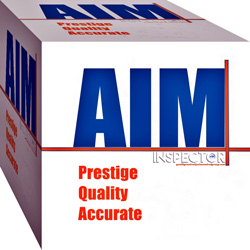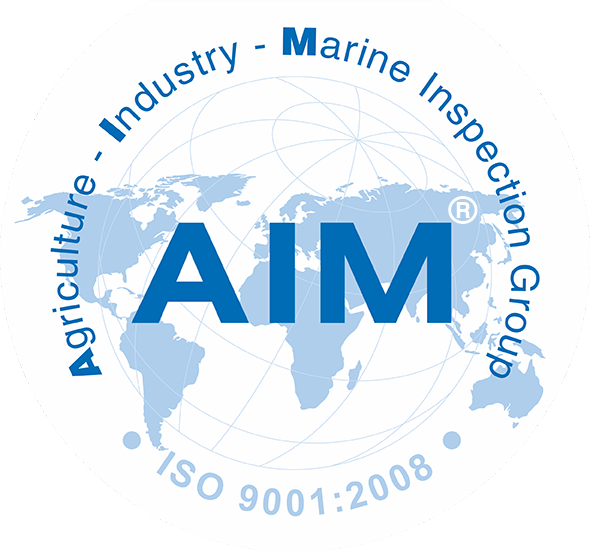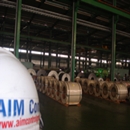Cargo Visual Inspection
Cargo Visual Inspection
The cargo visual inspection objective of quality control, testing, certification services are to provide additional trust that the goods to be shipped are the same or substantially similar to those described in the order form as being the shipment object of a purchase.
Where available, buyers and / or vendors are offered the opportunity to order a cargo visual inspection of the goods after close of the sale transaction in order for the buyers and / or vendors to obtain confidence that the goods presented for inspection are the same or substantially similar to those purchased, i.e., described on the order.

This visual inspection is performed at the time of loading / unloading and determines if the characteristics of units chosen at random (chosen accordingly to the sampling plan appropriate for the product) match those which were declared on the purchase order’s product description, product specification and features.
Checks, inspections may also be made on packing, marking and labeling. Product marking and packing details are checked to confirm that the goods are to be shipped in suitable packaging for the transit. The inspector will check manufacture dates, batch numbers, expiry dates (when these details are available), shipping marks, packing lists, supplier certificates and labels.
Product characteristics or quality parameters that cannot be visually verified, e.g., steel grade, will be confirmed when the vendor supplies documentary evidence. Unless otherwise stated, at no time will such documentary evidence imply AIM Control approval of documents.
The object of this service is loading inspection, preloading survey or pre-shipment inspection to establish that goods are loaded into carriers in sound condition and are properly stowed for safe transport.
The service is applicable for all goods that are subject to damage or weight loss because of improper handling or stowage.
How to performs the cargo visual inspection
-
Inspect carriers to verify suitability for receiving the intended cargo; check cleanliness, dryness, ventilation, cargo separation, etc.
-
Report markings, type packing (bulk, cartons/drums, etc.) and, if practical, count; check with vessel to see if a clean Mate Receipt was granted
-
Report how and when goods were loaded and exact location (stowage) in receiving carrier; discuss with vessel matters of stability, angle of repose, flow moisture point, shifting boards, etc.
-
Report type, name and/or number of receiving carrier and where goods were located prior to loading
-
Immediately report from the job site to the appropriate office any abnormalities such as damage, loss of material, improper stowing, delays in loading, etc.; cameras may be used to document the circumstances
-
Maintain a time log which should include time and date of loading, loading delays and reason for delays, description of loading gear/apparatus, weather conditions, rainfall, dust suppression, wind-waste, remainder on wharf, etc.
-
If goods were inspected previously, verify that AIM Control markings are affixed and include these markings in the report (bagged/packed goods)
-
Report arrival and departure dates of carrier
Please kindly review cargo visual inspection services of AIM Control








